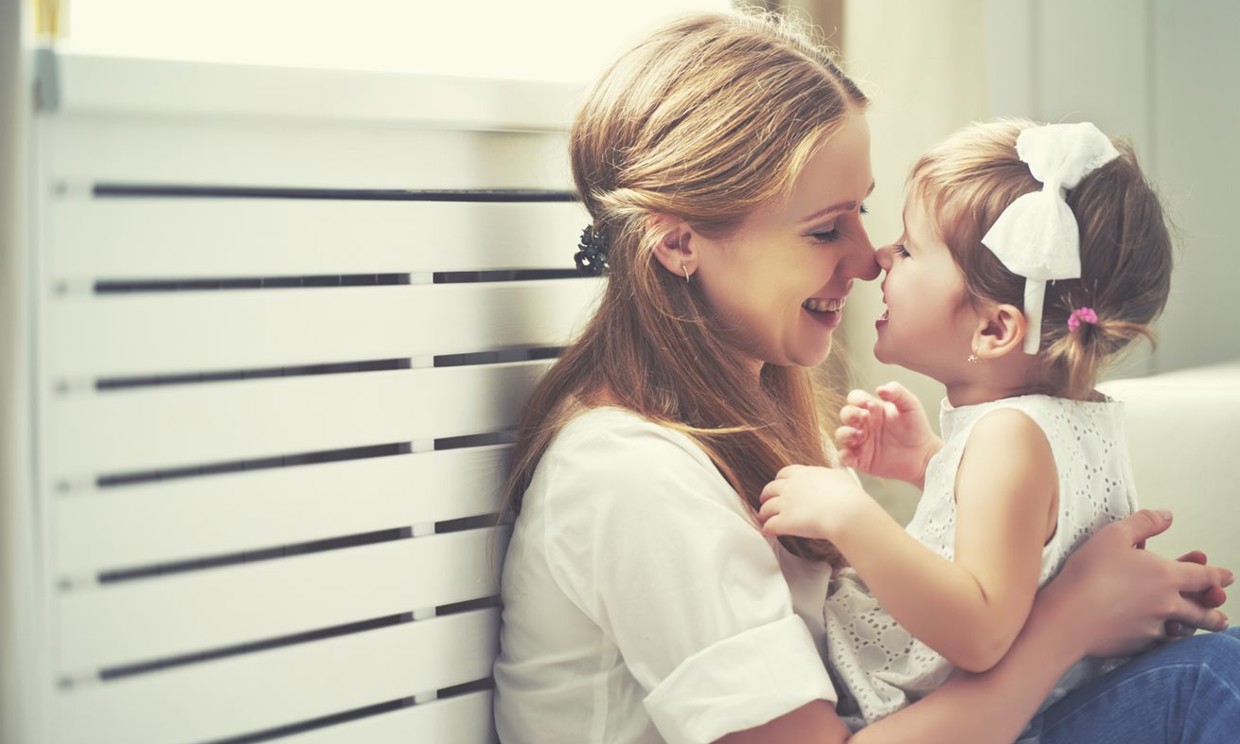Parents are the most important influence on a child’s development in the early years, according to Goodstart’s early learning expert Dr Lisa Palethorpe.
As the key to stimulating a child’s learning in the pivotal early years, when about 80 per cent of the brain development occurs, Dr Palethorpe recommends parents seize simple moments each day to extend their learning and development.
A 20-year research study found that the more mental stimulation a child gets at about the age of four years old, the more developed the parts of their brains dedicated to language and cognition will be in the decades ahead.
“Parenting already comes with huge responsibility so stimulating a children’s learning shouldn’t be viewed as a daunting task or create anxiety, rather fun and rewarding with the use of simple techniques,” Dr Palethorpe said.
Make use of daily routines
Whether it’s the daily drive to childcare or nightly dinner, Dr Palethorpe said it was great to engage children in meaningful conversations.
“Making the most of daily routines will mean you’re making the most of each day to activate and challenge your child’s language, thinking skills and wellbeing,” she said.
“Importantly, it means you are building in precious moments to also connect with your children, helping them feel secure.
“The trick though is making sure you build connection rituals into your routine, rather than routines being habit where your focus is more about moving your child through the schedule to get them to bed.”
Building connection is effective when parents respond to a child’s thinking by showing genuine interest in the specifics of children’s ideas. It's also about respecting their decisions and feelings and inviting them to elaborate and offer specific suggestions and ideas.
Reading a book together can be a nurturing activity that can bring a parent and child closer together while also supporting cognitive development, she said.
For younger non-verbal children, toddlers and infants, Dr Palethorpe suggested paying attention to their disposition.
“Watch and listen carefully to infants and toddlers facial expressions, gestures, body movements and vocalisation,” she said.
“Mirror children’s responses and name what is happening and what they are doing.
“Acknowledge and respond to young children’s communication by being attentive, and use positive body language, verbal responses and facial expressions.”
She said infants and toddlers were active learners who were constantly investigating the people, things and places around them. Reciprocal and responsive relationships support them to develop a sense of security and to better understand the world around them.
Next week, Dr Palethorpe discusses the benefits of open-ended items, such as buttons, sea shells and leaves, for children’s play.


